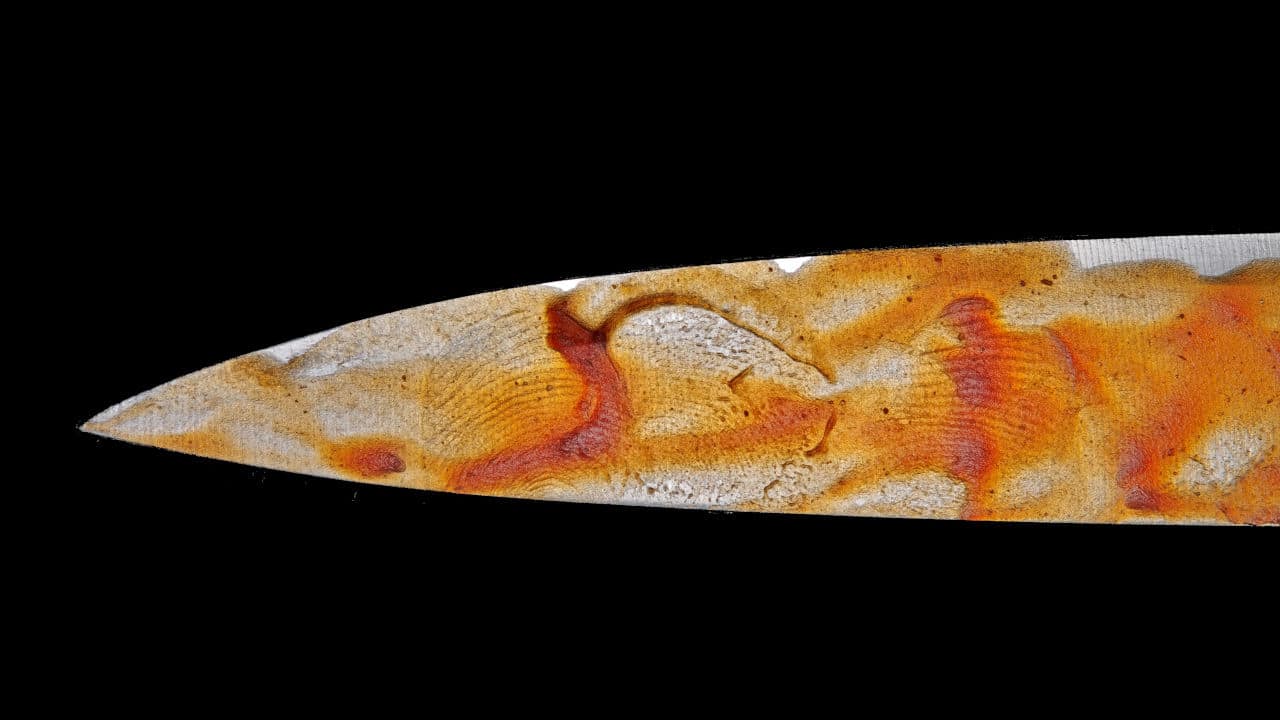Forensic science permeates various levels of criminal investigation, including the detection of gang crimes. Most gangs are violent coupled with a high level of coordination, increasing the tasks faced by law enforcement agencies.
Forensic science helps to fill the hiatus caused by the archaic investigative methods that paid no heed to forensic analysis.
According to the Federal Bureau of Investigation (FBI), there are currently 33,000 violent street gangs, motorcycle gangs, and prison gangs in the United States. They all employ violence to maintain local control and further their illicit income-generating businesses. Their activities include robbery, drug, and firearm trafficking, prostitution and human trafficking, and fraud.
Many of them are well educated and organized. Even after being jailed, many gang members continue their criminal activities.
With so many hands on deck to perpetuate the gang’s mission, which is no doubt sinister, there is a multiplied threat to public safety, law, and order. This is why gang crimes are considered dangerous and taken with immediate response.
How Is Forensic Science Used In The Investigation Of Gang Crimes?
When examining the investigation of gang crimes using forensic science, it is easy to focus only on the evidence discovered at the crime scene.
Even though those pointers are essential in the investigative process, they cannot be termed conclusive. This is because not all gang crimes feature all the perpetuators. Sometimes, the gang leader would not even be physically involved in the operation.
Here are ways forensic science comes in to solve the dilemma:
- Crime scene investigation
Usually, Crime Scene Investigators (CSI) carry out crime scene investigations. Forensic experts are generally not involved in this. However, they must investigate with forensics in mind.
Therefore, anything on the crime scene that would be useful for forensic analysis is recovered as evidence. This will, among other things, ensure that the crime is easily detected and fast-track the investigation process.
The CSIs’ investigation must be rigorous and thorough as there is rarely more than one chance to collect evidence from a crime scene.
CSIs gather evidence from crime scenes that the suspects may have handled or otherwise “contaminated” under a microscope. Additionally, they collect fibers, dust, and soil samples.
The crime scene is photographed after a preliminary investigation; some police agencies also record the situation on camera. They take exact measurements, register every detail, and create sketches.
Evidence is thus gathered and meticulously cataloged.
Because of advancements in science and technology, latent fingerprints, stains, hairs, fibers, and other types of trace evidence can now be found using laser and alternative light sources.
- Forensic analysis
Forensic analysis is carried out on the evidence retrieved from the crime scene.
The form of analysis that would be carried out is based on the type of evidence retrieved from the crime scene. Sometimes, the kind of analysis to be carried out is more than one. At the point of the analyses, the plurality of the perpetrators would be detected.
Therefore, if evidence such as fiber, hair, fingerprint, blood, or semen belonging to different people are found at one crime scene, it is likely that more than one person participated in the commission of such crime.
It doesn’t end there. Other people who weren’t present at the scene must also be hunted to prevent criminals from roaming free in our society.
Therefore, forensic experts also have to use software and other means like detecting similar patterns, signs, and behaviors to track down the connections of the perpetrators.
Depending on the evidence available, the following analyses may be carried out: fingerprint analysis, DNA analysis, handwriting exemplars, ballistics, toxicology analysis, blood splatter analysis, forensic pathology, and forensic data analysis.
- Presentation of forensic evidence in court
After the gang responsible for a crime has been discovered, the next step is presenting credible evidence in court.
Depending on the facts of the case, forensic evidence can be presented in different ways. Sometimes, it can be through oral testimony, while there are times that a pictorial or animated view may be more appropriate.
Animated forensic evidence can be helpful in scenarios such as shooting incidents, rape, robbery, arson, and murder.
In the case of Harris v. State, the state used legal animations to depict the facts of a shooting incident, which was deemed admissible.
Conclusion
Forensic animation is one of the ways forensic evidence can be presented in court. Once all the evidence has been put together by the CSIs, the best way to present these findings to the jury is via forensic animation.






